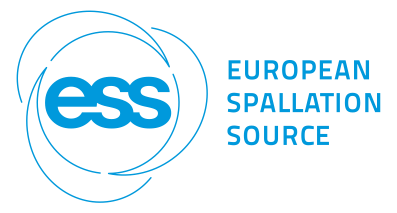Speaker
Dr
Michael Fleming
(UK Atomic Energy Authority)
Description
The TENDL-2015 neutron and charged-particle nuclear data files cover some 2809 targets with complete reaction data including all emitted particles for incident energies up to 200 MeV. These data are contained within the international standard ENDF-6 format, with full product energy-angle (MF6) data that can be processed into production cross-section (MF10) data and utilised by codes such as FISPACT-II for activation simulation.
The driving engine behind TENDL, the TALYS code, performs sophisticated optical model calculations to predict the cross sections for each of these yields, which incurs significant computational expense and (even with the most recent, advanced data) cannot easily provide data for the full spallation yield ‘tail’ including nucleon differences in excess of a few dozen. As with fission yields, the use of other software (e.g. GEF) is standard practice to complement data for other physical processes.
To generate the full tabulated data required for activation simulations, the semi-empirical isotopic spallation simulation code SPACS was utilised to build complete isotopic yield (MF8) data files for incident neutrons and protons with energies from 100 MeV to a few GeV, in the same format as with fission yields. These can be read directly into the FISPACT-II code and used with the complete nuclear reaction data of TENDL to provide a consistent simulation framework including high-energy activation residual products down to approximately half of the target mass. These are complemented with GEF-based fission yield files to build a robust, tabulated-data activation/transmutation system for incident energies up to the GeV range.
Author
Dr
Michael Fleming
(UK Atomic Energy Authority)
Co-authors
Dr
Jean-Christophe Sublet
(United Kingdom Atomic Energy Authority)
Dr
Mark Gilbert
(UK Atomic Energy Authority)
